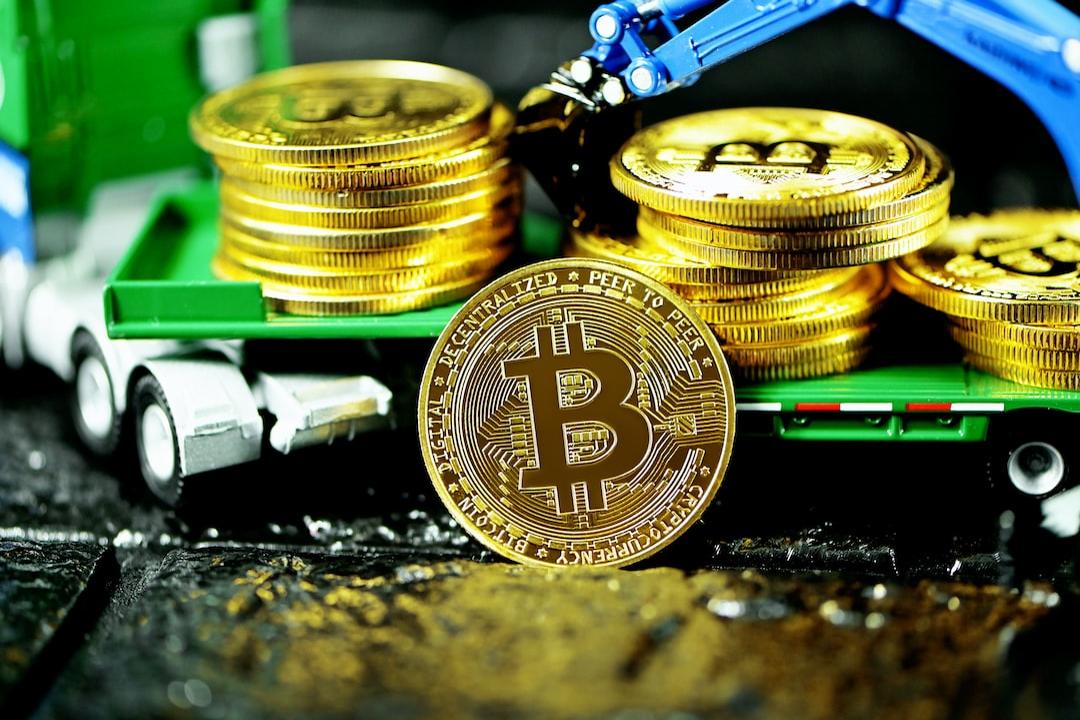SEC Lawsuit Aimed at Classifying XRP as a Security Dismissed, Opening New Opportunities for Ripple Labs
The recent FOMC meeting and clarity in regulations are expected to pave the way for a bright future in digital assets, while discussions surrounding the Federal Reserve have intensified.
On March 19, Ripple Labs CEO Brad Garlinghouse broke his silence in the SEC case, a long-standing battle, with a post on X (formerly Twitter). According to his announcement, this five-year fight concluded after the charges aimed at classifying XRP as a security in the digital asset industry were dismissed.
Thanks to this news and the recent Federal Open Market Committee (FOMC) statement, XRP and the crypto market will experience new optimism and a bright future.
What Does This Mean for XRP?
After the SEC lawsuit was dismissed, XRP surged by 12%, driven by an increase in trading volume and heightened buying pressure. The long-term moving averages indicate a strong “buy” signal, suggesting potential accumulation.
Despite recent volatility, the legal clarity position for XRP remains strong, with Ripple Labs seeking continued growth and partnership opportunities. Michael Arrington’s X post highlights that XRP has been the best-performing cryptocurrency over the past year, both in the 180-day and 90-day periods.
Market speculation hints at a potential partnership between XRP and global financial infrastructure leader Swift. This development could pave the way for stable, long-term growth for XRP.
What Does the FOMC Decision Mean?
Following the FOMC meeting on March 19, discussions about economic forecasts sparked debates about inflation and digital assets. Jerome Powell of the Federal Reserve acknowledged concerns over the economic outlook, considering recent tax cuts and rising inflation rates.
According to Justin Harts on X, “Central banks are quietly preparing for an economic collapse.”
The short-term (ST) policy rates of major global institutions, including the Federal Reserve, highlight ongoing economic uncertainty and inflationary pressures.
Digital Assets – A Hedge Against Inflation?
Amid global economic uncertainty and Trump’s tariffs, digital assets such as Bitcoin (BTC) are gaining attention as hedges against inflation, with XRP also in the spotlight. Institutions are exploring exchange-traded funds (ETFs) to bridge digital assets with traditional finance (TradFi).
With increasing adoption of crypto and positive public perception, governments face growing pressure to create clear regulatory frameworks for blockchain technology, cryptocurrencies, and related products. According to Japan’s TCH tour, President Donald Trump has urged Congress to pass Stablecoin legislation.
The newfound legal clarity for XRP has strengthened its position within the Federal Reserve, ensuring cross-border payments and addressing concerns about inflation and economic instability.
In light of recent global economic uncertainty and Trump’s tariffs, digital assets, including Bitcoin and XRP, have entered the debate as a hedge against inflation. Institutions are turning to ETFs to merge digital assets with traditional finance (TradFi). With increasing crypto adoption and public optimism, governments are under pressure to establish clear regulatory frameworks for blockchain technology, its products, and cryptocurrencies.
Notably, in his pre-recorded speech at the Digital Asset Summit, President Donald Trump called for Congress to pass Crypto Stablecoin legislation. Undoubtedly, as concerns about inflation and economic uncertainty rise, XRP’s legal clarity opens doors for a stronger crypto position within the Federal Reserve, ensuring cross-border payments.


